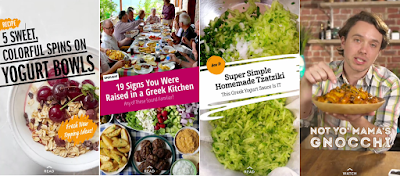It can be difficult to target a specific audience. Unlike more traditional forms of media such as TV, magazines, and radio, it is much more difficult to direct a product towards a specific target market. As such a wide demographic of users are on all forms of social media, selecting a single demographic to target is a challenge. A product/brand can be targeted to an extent – perhaps a café wants to target people under 25 who are interested in coffee. A large amount of users on Instagram are from a younger demographic, and therefore the café could choose that platform to market their product. However, there is no means to be any more exact in targeting to their audience, and therefore advertisements may be unrelated to the audience it actually reaches.
It’s a public place. All social media platforms mean that users have the ability to comment, and share their point of view. Therefore, people can comment negatively on the business, creating bad publicity. If a customer from Woolworths buys fruit and vegetables and finds a bug inside/in the packaging, they can post on the Woolworths Facebook page to get a response from the company and share their experience with other Woolies customers. Another customer could see this, and choose to then purchase their fruit and veggies from Coles or fruit and veg shop. Companies can censor such posts/comments, but this could create distrust within other social media users searching for reviews if they know the company is purposely hiding bad reviews.

It can be hard to measure the complete success of a marketing scheme. While posts from businesses often result in likes, comments, and shares, conversation on the product will generally continue offline. There is often no way to tell if people have gone on to talk to their friends and family about a business, so the methods used to measure the success of a social media marketing campaign doesn’t account for word of mouth, and the campaign may be more/less successful than a company thinks. For example, someone might see a post by Café Primo on Twitter advertising a new special, think its great value and talk about it with 5 of their friends. But Café Primo hasn’t registered any extra likes or views on their post, even though 5 extra people now know about their specials. Alternatively, someone might see the same post, not agree that it is a good deal, and forget about it completely. The Café still won’t have gained extra likes or views, but no extra people have heard about the deal. Therefore, there is no way to judge the exact success of a marketing strategy on social media platforms.





